Gesa Loof
Early drivers of symmetry breaking in pre-implantation mouse embryo cell fate specification
Team: Léo Guignard (IBDM)
Her background
May 2022 - present | CENTURI Postdoctoral fellow
2015 - 2021 | PhD in Berlin Institute for Medical Systems Biology at the Max Delbrück Center for Molecular Medicine, Berlin, Germany
2012 - 2014 | MSc in Biology, Free University of Berlin (Freie Universität), Germany
2010 - 2012 | BSc in Molecular Life Sciences, University of Potsdam, Germany
Contact
About her Postdoctoral project
A functioning organism is formed, from a single fertilised cell, by the combination of cell divisions, move-ments, growth, shape changes and deaths. Using the previously mentioned mechanisms, the cells will eventually form different tissues and organs each of them formed of different cell types. From a single cell, to produce the large observed variety of cell types, the initial symmetry of the system has to be broken. Understanding the origin and mechanisms of this symmetry break is essential to understand the very first steps of a developing embryo. While the origin of this break of symmetry is known and understood in some simpler organisms, it is not known yet what are the original drivers of this symmetry break in mammals.
The first departures from an originally seemingly symmetrical state have been observed in mouse embryos. Cells start to segregate in three different tissue types: trophectoderm, epiblast and primitive endoderm. While the signalling pathways responsible for the specification of each cell in the different tissue-types have been extensively studied, what actually triggers the cascade of events leading a set of totipotent cells to specify and then cluster in three different cell types remains unknown. Moreover, while the molecular principles of these specification events have been studied at the single cell scale, there is yet to be a model explaining how these principles generalise at the tissue scale.
This project aims at studying cell-cell signalling of pre-implantation mouse embryos during the time when cells are specified. To do so, Ms. Gesa Loof will first make use of already acquired 3D movies where cell membranes are labelled together with the main signalling molecules for cell specifications at the stages of interest. The shape of each cell within these movies will be reconstructed using and improving the algorithm previously developed by L´eo Guignard, ASTEC. Ms. Loof will then couple the 3D reconstructions to the quantification of specific gene activity to build a model of cell fate specification based on ligand diffusion and cell geometry.
On top of bringing light to the early mechanisms of symmetry breaking during mouse embryogenesis and to cell-cell signalling in these confined environment, this project will also deliver an algorithm that allows to robustly reconstruct cell shapes and track these cells during preimplantation mouse development.







